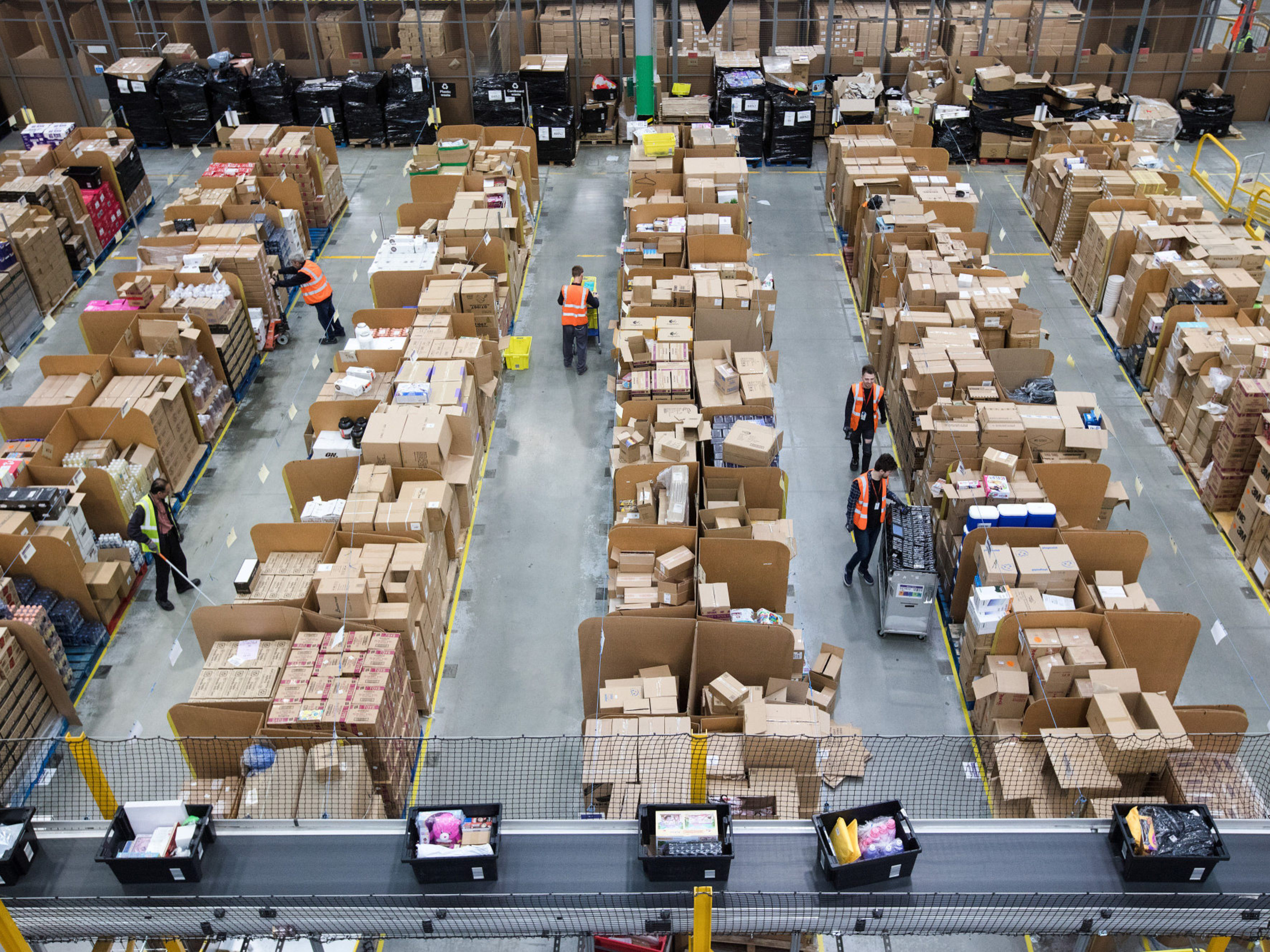
Think Tank
Who Should Own Inventory Risk?

Customer expectations of the time from order placement to product in hand continue to shorten. As sellers work to respond, they struggle under the weight of their current networks to increase speed without incurring heavy final-mile delivery costs.
In response, third-party providers have begun offering more flexible site-usage models that help position product close to end consumers, reducing delivery times and costs.
To achieve this, traditional techniques would necessitate increasing inventory to ensure that the entire order is completed from the closest location. The time is right to fundamentally change the way we think of inventory (and the sophistication of the tools and techniques for planning and managing it), and the relationship between a manufacturer and selling locations. The goal is to better utilize inventory and capital devoted to making goods. If we turn the problem on its head, we can create a totally new marketplace, where manufacturers and sellers unearth profit opportunities that aren’t available under today’s structure.
Historic supply chains have pitted the manufacturer against the seller in a struggle for profit generation. Sellers, of course, desire the lowest possible price, while manufacturers want the highest. The result is a combative environment, in which each worries about protecting its own bottom line.
As high-volume retail operations spring up to optimize supply-chain costs, retailers feel the need to lower prices, putting pressure on manufacturers to reduce their selling cost. This dynamic continues today, where major retailers rely on volume to deliver profits.
Breaking this deadlock will take an innovative approach that requires these two players to become partners rather than adversaries. Until the dynamic changes, smaller and boutique players will struggle to win.
Today, sellers take all the risk in procuring goods. They buy products, store them, sell them to a customer, then incur the cost of returns. Manufacturers, meanwhile, seek efficiencies by setting their lines to run “lots” of product. They take minimal risk in today’s dynamic, and thus become the recipient of the price pressures they experience.
If, however, manufacturers were to become real players in supporting their sellers, they could make goods available as needed. This would reduce inventory in the entire pipeline (manufacturer, seller distribution center, and seller store), allowing sellers to lower investment and risk in salable goods. This redesigned flow of products would reduce the need for additional seller distribution sites, and allow manufacturers to hold raw materials longer and make finished goods as needed.
By taking this position, the manufacturer would assume the risk of inventory. It could command a higher price for the risk assumed, and deliver products in a more timely and efficient manner.
If this approach were implemented, sellers would rely on their manufacturers more as primary distribution points. Drop-ship opportunities would expand, and slower movers could be stored collectively and shipped only as needed, thereby reducing the loss from aged goods. Long lead-time activities (such as store replenishment, floorset transitions, and event preparation) could be streamlined, with flow moving directly to the end consumption point with minimal seller risk.
All players would benefit from an aggregated demand signal that would help minimize inventory in the entire network and provide greater customer-service levels. Items that were mis-planned could be more easily replenished through the manufacturer network. Manufacturers could focus their energies on producing goods generated by customer rather than seller demand.
Sellers would reduce their end-of-season overstocks, helping them to maintain profit margins and customer satisfaction. Anyone desiring last season’s goods would have a focused stockpile available directly from the manufacturer.
By changing the view of inventory ownership and risk in the supply chain, manufacturers and retailers can unearth cost-savings opportunities that benefit everyone. Until the marketplace recognizes the need for this altered state, sellers will struggle under the weight of the risk they have to bear, and the game of Russian roulette they continue to play each season. By making this shift, cash flow is enhanced by all players, and the only loss would be the expediency by which manufacturers recognize their revenue.
By allowing the customer voice to more clearly drive supply-chain activities, every element of the process is leaned, and non-value-added costs eliminated. By achieving this state, effort is expended when needed, where needed, and in support of a customer call signal.
M. Scott Moon is a partner with eMATE Consulting LLC.






